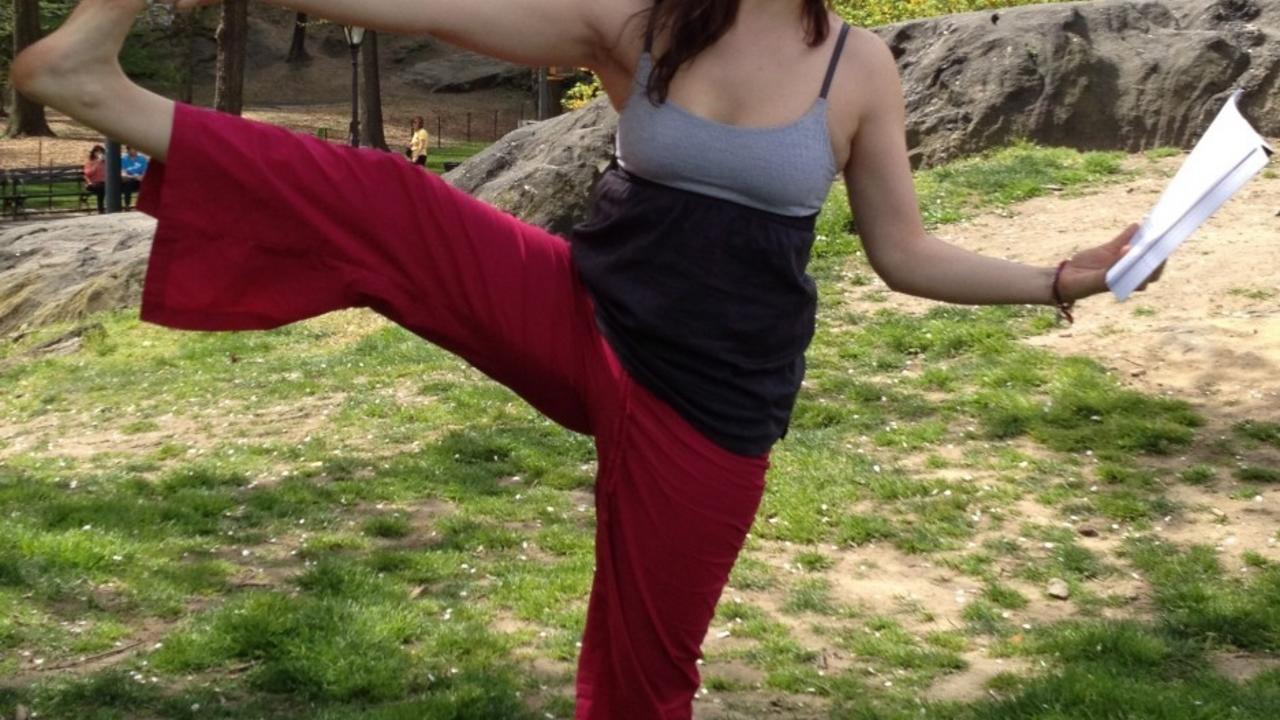
How to Find Your “One True Voice” by Barbara Joy Beatus
Aug 01, 2011In honor of National Novel Writing Month, we have a terrific guest blogger! Enjoy some wisdom from writer and yoga instructor, Barbara Joy Beatus, and good luck to everyone who is writing 50,000 for NaNoWriMo. – S. Lipsey
My friend once read a first draft of a novel I wrote and mentioned how it sounded like me. “What do you mean?” I asked her, surprised. But she couldn’t explain it. It was something she just felt. I only understood what she meant after I read a close friend’s novel and felt the same way. There was a texture, a quality, to her writing that sounded like her. Most of the time it was covered up by the voices of the characters, but every so often it would peek out from certain phrases and I’d smile to myself.
Literary critics often herald voice as the distinguishing characteristic of writers. They say things like, “her voice was so unique” or “the plot had problems, but his voice was pitch-perfect and engaging” or “what a fresh, new voice!” We often recognize writers by their voice. Some voices are so unique that we can identify the author simply from a paragraph.
So how do we find our one true voice, the one that distinguishes us among all the other writers out there? Yogis would say one tool for finding your unique voice is to strip away everything that is not you. The only problem with that is the more we practice yoga and writing, the smaller the world of what is not us becomes. All of that starts to shrink.
A few years ago I attended a workshop facilitated by the grandson of a very famous Indian yoga guru. He asked a fellow teacher to demonstrate a chant several times, touching her back in a different place every time she sang. In each note, her voice sounded vastly different— sometimes really sad, other times wistful, certain, or happy. When he completed the series of chants, he asked everyone, “which one was her true voice?”
Feeling very impressed with the last chant, I raised my hand and confidently said, “that one!” I didn’t know then I was in the presence of some highly respected teachers from across the country and world, most who had studied directly with this teacher’s grandfather. They all looked at me with smiling, quiet compassion. My answer hung in the quiet until one of them directly asked the chanter which one she most felt was her true voice. “Only she can know the truth,” another teacher murmured in agreement. I didn’t fully grasp the weight of the chanter’s answer until recently. She hesitated and then smiled slightly. “I don’t know. They were all me.”
As much as I talk in class about the place inside that never changes, have been looking for that place myself, and have found solace in the idea of it, I might as well be talking about the place inside that is always changing. It is never not moving. In Tantra, there’s even a goddess, Akhilanda, whose name essentially translates as “never not broken.” Maybe the static place is in the constant breaking, where we all meet back together in wholeness.
Barbara Joy Beatus, E-RYT, MPA is in love with words, people, and yoga. When she’s not writing, she can be found teaching breath-centered yoga, trying to think deep thoughts and then trying not to think at all. Find her online at barbarajoybeatus.com or tweet at her @bjoybeatus.

